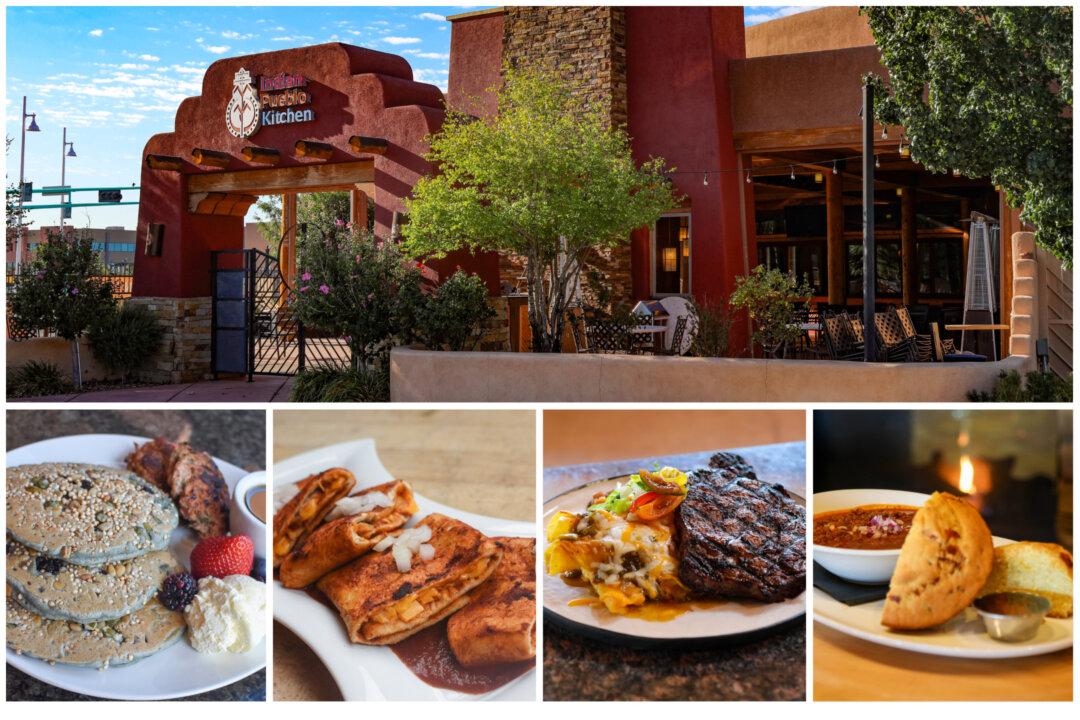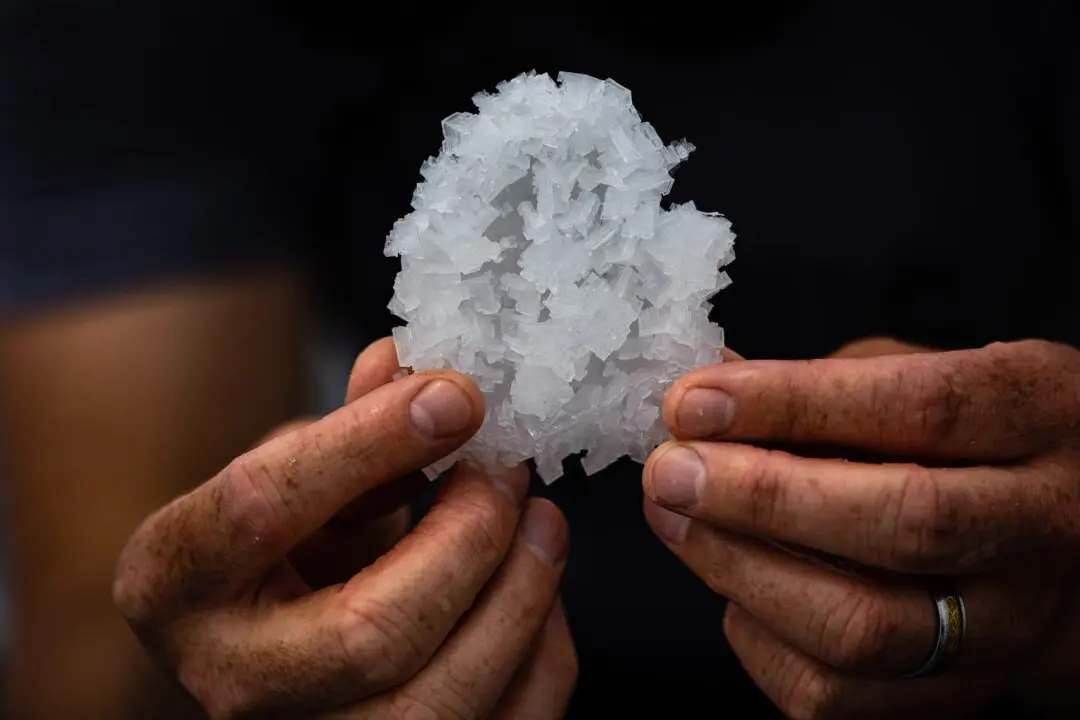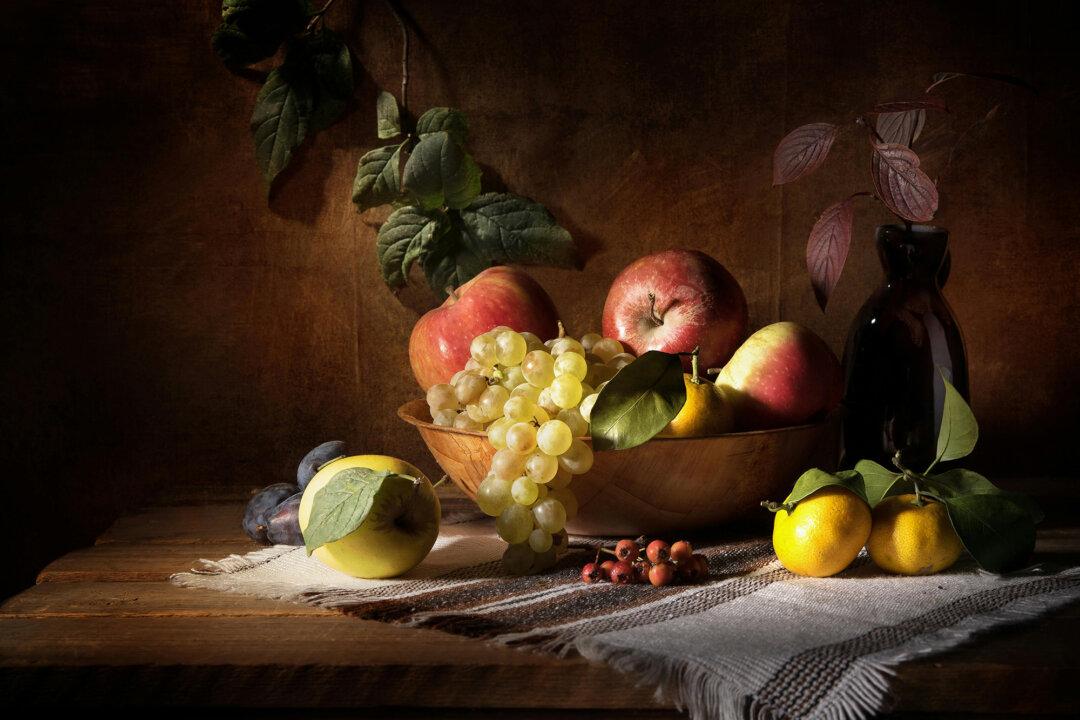What is indigenous food, exactly?
Monique Fragua is an expert on that question, a topic that delights her both personally and professionally. Born and raised in northern New Mexico’s Jemez Pueblo—where the rest of her extended family still lives—Fragua is the chief operating officer of commercial operations at Albuquerque’s Indian Pueblo Cultural Center (IPCC). That also makes her the executive in charge of IPCC’s Indian Pueblo Kitchen, the eponymous 100-seat restaurant that is one of the leading proponents of indigenous food in North America. They serve about 5,500 diners per month.





